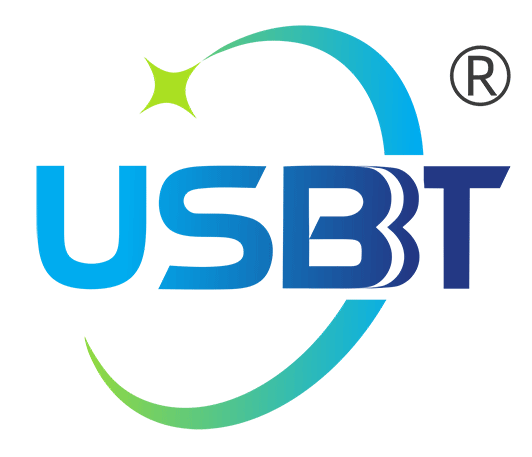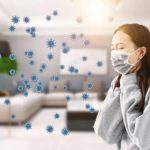Due to the current outbreak of the novel coronavirus (COVID-19) disease, consumers may be interested in purchasing ultraviolet (UVC) lamps to disinfect surfaces in their homes or similar spaces. BBT answers consumer questions about the use of these lights for disinfection during the COVID-19 pandemic.
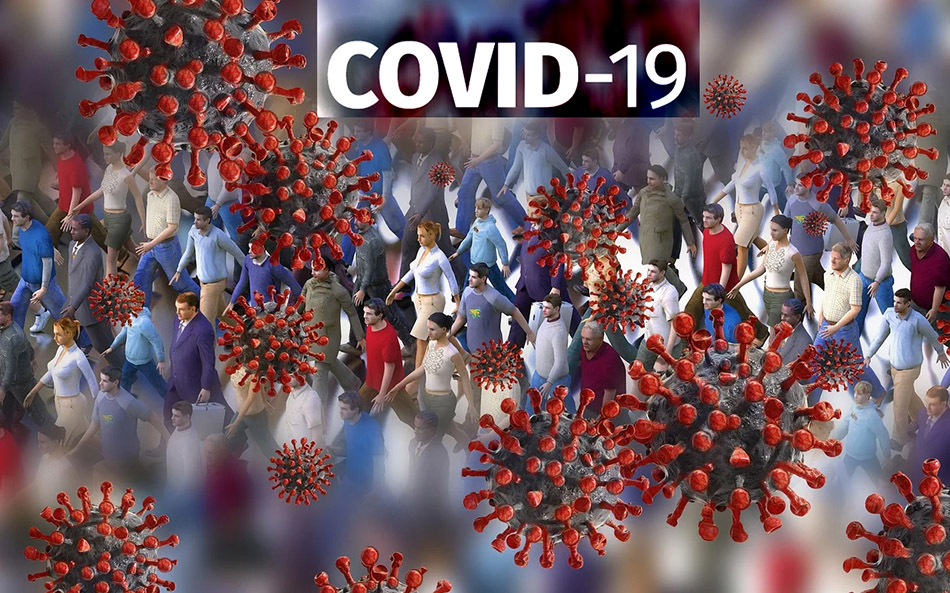
Ultraviolet Radiation and SARS-CoV-2 Coronavirus
Q: Can UVC lamps inactivate the SARS-CoV-2 coronavirus?
A: UVC radiation is a known disinfectant for air, water, and nonporous surfaces. UVC radiation has effectively been used for decades to reduce the spread of bacteria, such as tuberculosis. For this reason, UVC lamps are often called “germicidal” lamps.
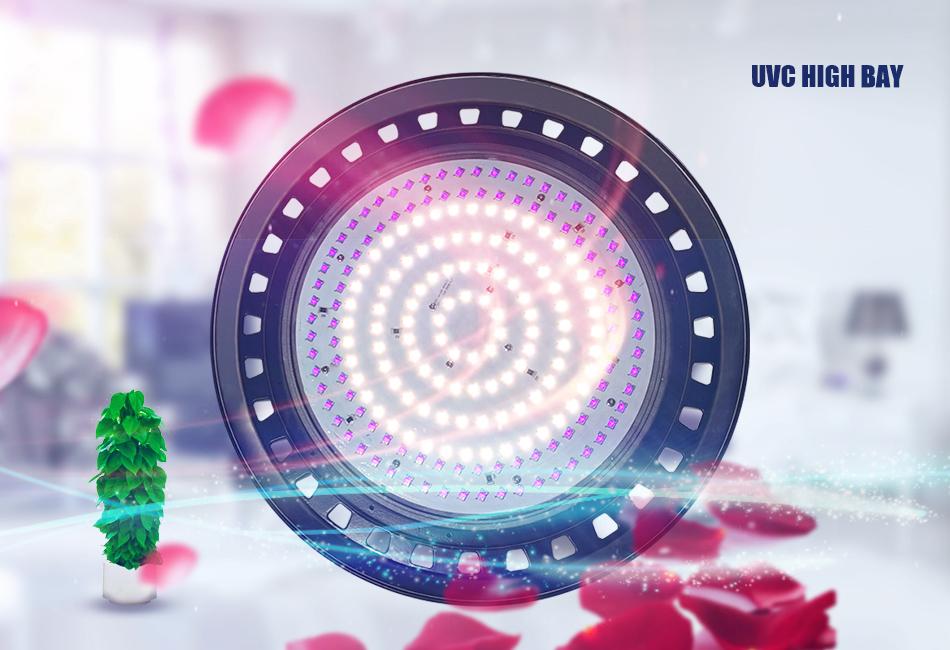
UVC radiation has been proven to destroy the outer protein coating of SARS-Coronavirus, which will eventually lead to the inactivation of the virus. (see Far-UVC light (222 nm) efficiently and safely inactivates airborne human coronavirusesExternal Link Disclaimer). UVC radiation may also effectively inactivate the virus (COVID-19).
Q: Can UVB or UVA radiation inactivate SARS-CoV-2 coronavirus?
Answer: UVB and UVA radiation are not expected to be as effective as UVC radiation in inactivating the SARS-CoV-2 coronavirus.

UVB: There is evidence that UVB radiation can effectively inactivate other SARS viruses (not SARS-CoV-2). And it is more harmful to humans than UVC radiation because UVB radiation can penetrate deeper into the skin and eyes. As we all know, UVB can cause DNA damage and is a risk factor for skin cancer and cataracts.
UVA: UVA radiation is less harmful than UVB radiation, but it is also obvious (about 1000 times) less effective than UVB or UVC radiation in inactivating other SARS viruses. UVA is also associated with skin aging and the risk of skin cancer.
Q: Is it safe to use UVC lamps for disinfection at home?
Answer: It is necessary to consider both the risk of UVC lamps to people and objects and the risk of incomplete virus inactivation.

Risks: UVC lamps used for disinfection purposes may pose potential health and safety risks, depending on the UVC wavelength, dose, and radiation exposure time. If the equipment is installed incorrectly or used by untrained personnel, the risk may increase.
Some UVC lamps produce ozone. Inhalation of ozone can irritate the respiratory tract. UVC can degrade certain materials, such as plastics, polymers, and dyed textiles.

Some UVC lamps contain mercury. Because even a small amount of mercury is toxic, you need to be extra careful when cleaning damaged lamps and handling lamps. Therefore, it is very important to choose a UVC lamp with a safe wavelength and mercury-free. 222nm Far UV light safe and effect, 222nm UVC is harmless to the human body and has a good virus-killing effect.

Shenzhen Best Bright Electronic Technology Co., Ltd. (BBT) is a professional LED lamp and UV lamp manufacturer with ten years of industry experience, professional R&D, and after-sales team, providing OED and ODM and serving global customers. The 222nm UV Light developed by BBT is equipped with a filter, which effectively filters out harmful clutter, is safer in use and has a stronger sterilization effect. It is widely used in homes, hotels, airports, theaters, gyms, hospitals and other indoor places. (More details can be found on the website)
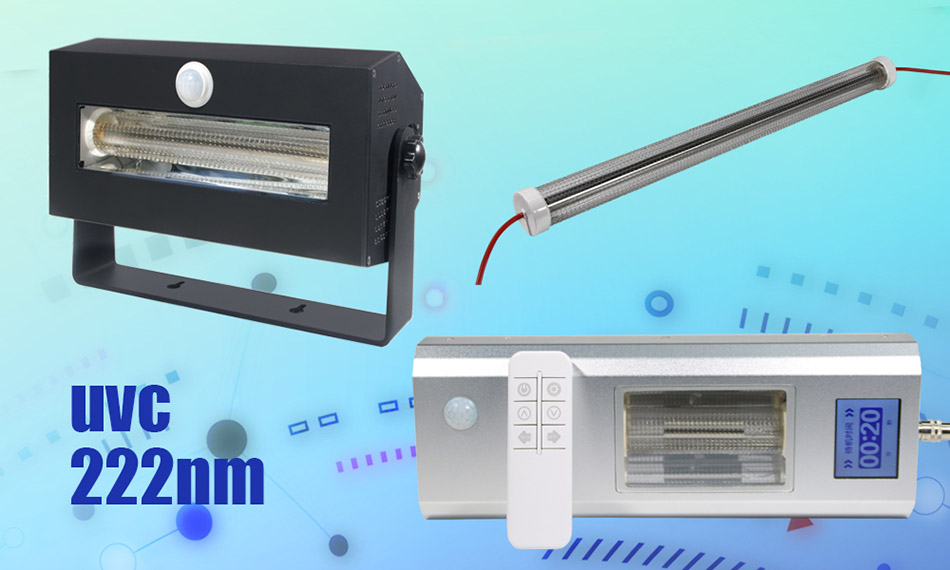
BBT products have ETL, DLC, UL, CE, TUV, RoHS, FCC, etc, safety and energy efficiency certifications. BBT products include LED high bay lights, UVC 222nm, far uvc lamp, air purifier lamp, far UV light bulbs, LED linear lights, LED tubes, LED floodlights, LED street lights, industrial LED lights, LED Garden lights, UV lights, etc., have provided high-quality LED products and services to more than 1,200 customers in more than 80 countries around the world since the products went on the market.
To learn more about a specific UVC lamp, you may need:
Ask the manufacturer about the health and safety risks of the product and the availability of instructions/training information.
Ask if the product produces ozone.
Ask which material is compatible with UVC disinfection.
Ask if the lamp contains mercury. If the lamp is damaged and you need to know how to clean and/or dispose of the lamp.
Q: Are all lamps that produce UVC radiation the same?
Not all UVC lamps are the same. Lamps may emit very specific UVC wavelengths (such as 254nm or 222 nm), or they may emit a wide range of UV wavelengths. Some lamps also emit visible light and infrared radiation. The wavelength emitted by the lamp may affect the efficiency of the lamp to inactivate viruses and may affect the health and safety risks associated with the lamp. Some lamps emit multiple types of wavelengths. The test of the lamp can determine whether the lamp emits other wavelengths and how many other wavelengths are emitted.
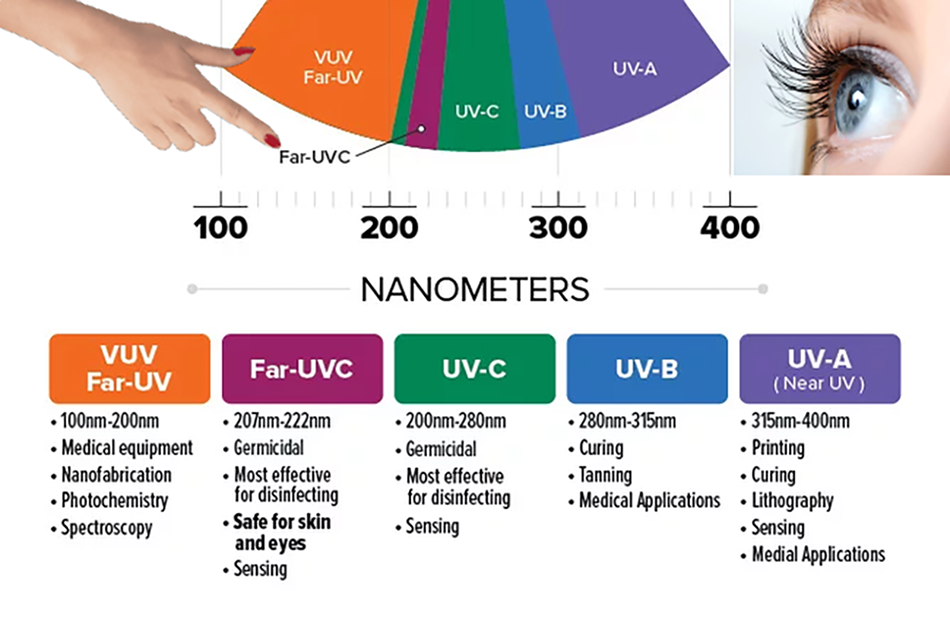
There is evidence that the excimer lamp with a peak wavelength of 222 nanometers may cause less damage to the skin, eyes and DNA than the wavelength of 254 nanometers, but long-term safety data is lacking. For more information, see “Q: Where can I read more information about UV radiation and disinfection?”.
Q: What are the different types of lamps that can produce UVC radiation?
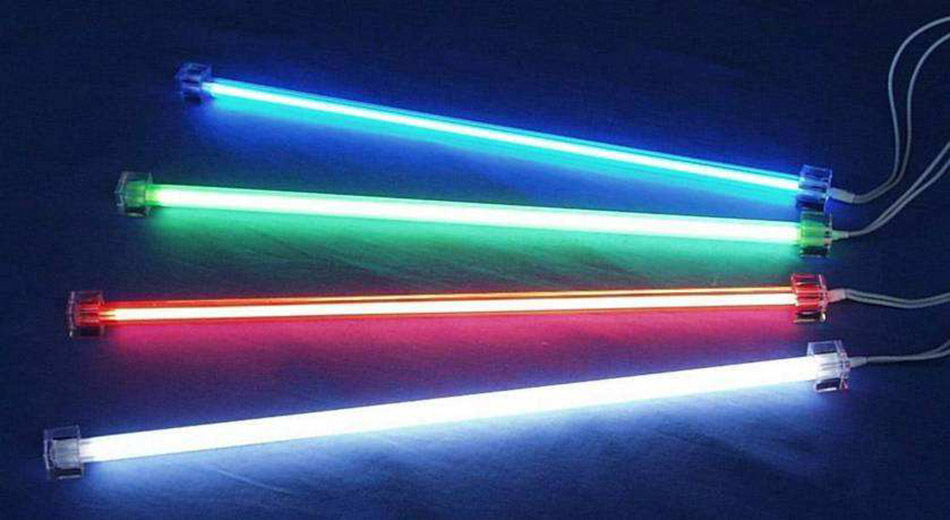
Low-pressure mercury lamp: Historically, the most common type of lamp used to generate UVC radiation is the low-pressure mercury lamp, which has a main (>90%) emission wavelength of 254 nm.
Excimer lamp or far UVC lamp: This kind of lamp is called “excimer lamp“, and the peak emission wavelength is about 222nm.
Pulsed xenon lamps: These lamps emit short pulses of broad-spectrum (including ultraviolet, visible and infrared) light. After filtering, they mainly emit UVC radiation. They are sometimes used in hospital environments to treat environmental surfaces in operating rooms or other spaces. These are usually used when no one takes up the space.
Q: Where can I read more about UV radiation and disinfection?
A: For general information about UV radiation, see Ultraviolet (UV) Radiation.
